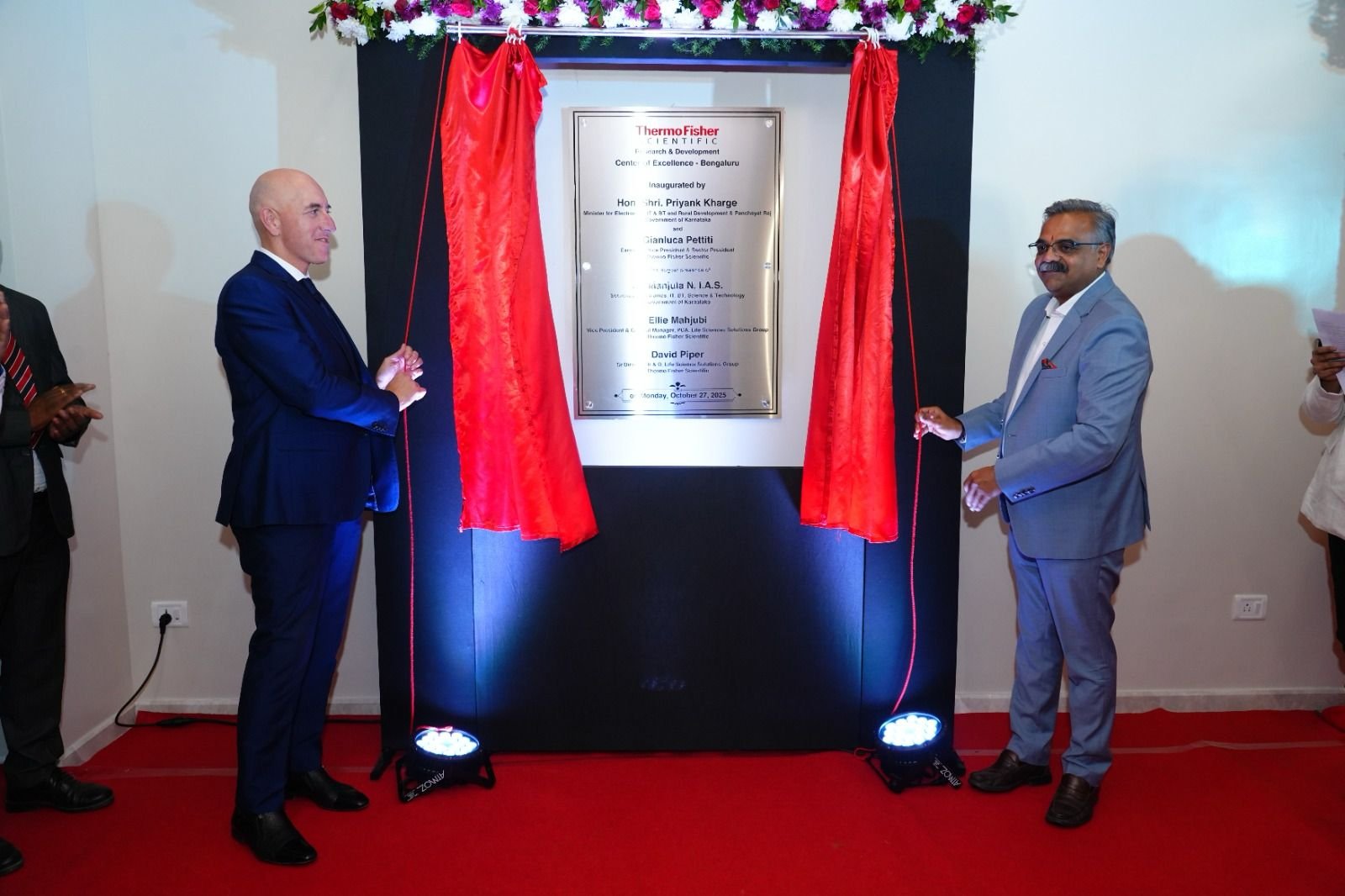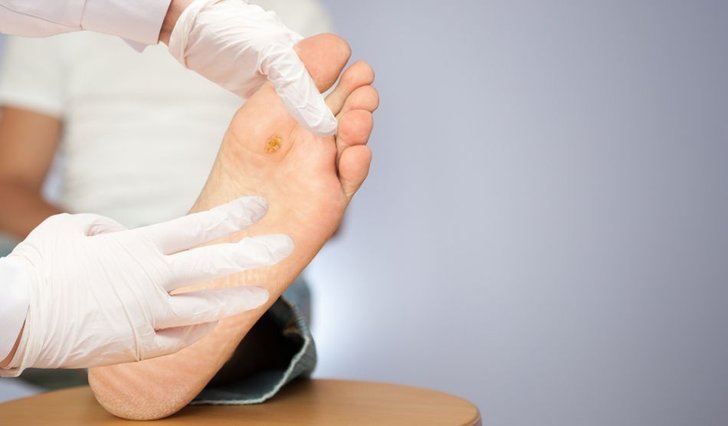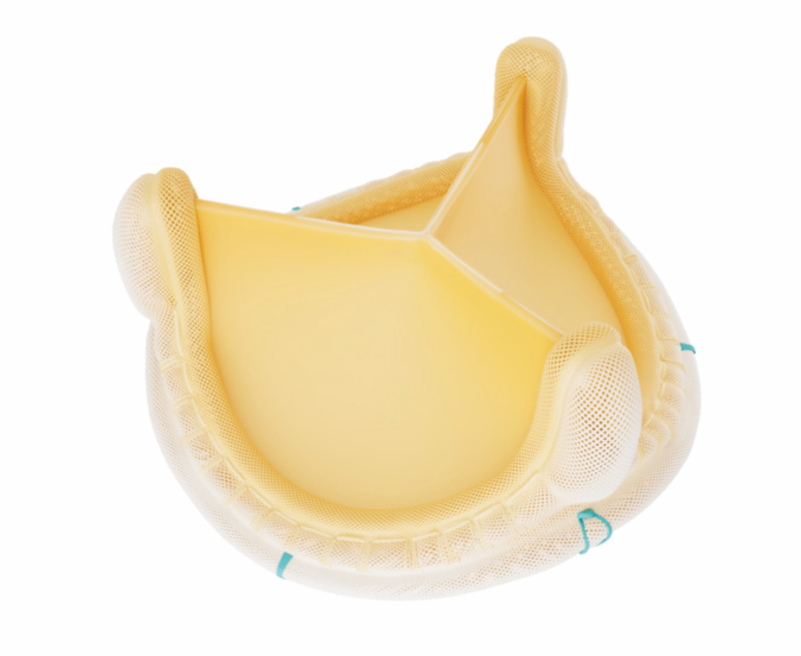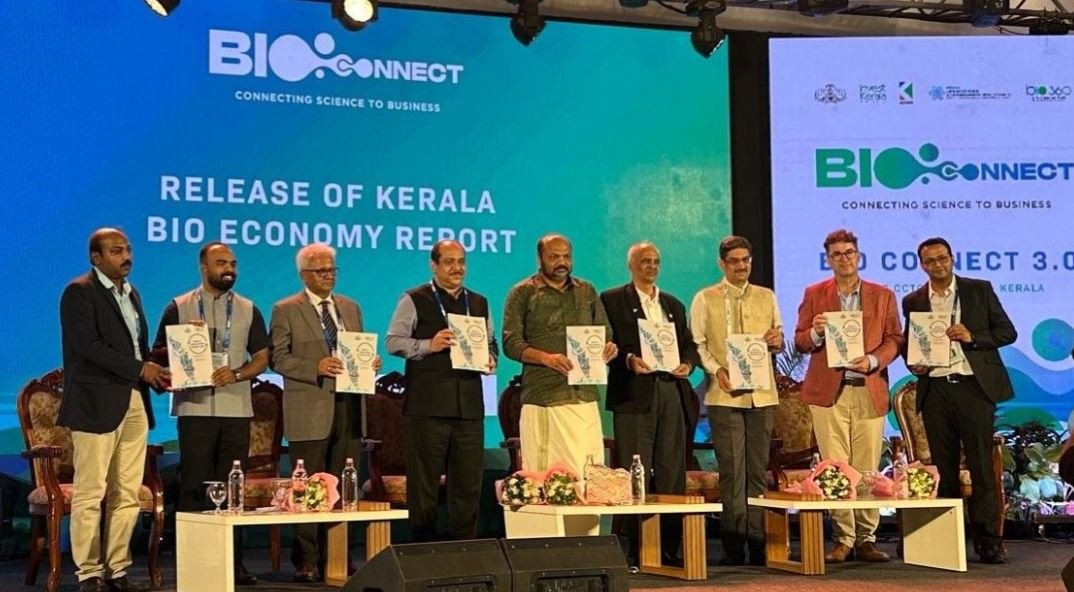LC-MS, a Capable Integration
March 10, 2009 | Tuesday | News
LC-MS, a Capable Integration
LC-MS,
a Capable Integration
LC-MS has emerged as the most preferred technique for routine
bioanalysis and there is no doubt that this technology will continue
towards more automation and wider range of applications in the coming
years.
Liquid chromatography-mass spectrometry (LC-MS), the analytical
chemistry technique that combines the physical separation capabilities
of liquid chromatography with the mass analysis capabilities of mass
spectrometry has emerged as a powerful technique used for many
applications with very high sensitivity and specificity.
The applications of LC-MS are used in innumerable analytical fields,
including pesticide-residue determination. There is no doubt that LC-MS
is currently competing with gas chromatography (GC)-MS for the status
of reference analytical technique to determine pesticide residues and
that its ever-increasing application is bound to the evolution of
modern instruments and their growing performance qualities. Strategies
in the drug discovery and drug development processes are undergoing
radical change. For example, the contribution of pharmacokinetics to
both processes is increasing. Furthermore, toxicokinetics is
established as an essential part of toxicity testing. With this
emphasis in the use of pharmacokinetics/toxicokinetics and the greater
potencies of newer drugs, a sensitive and specific bioanalytical
technique is essential, LC-MS and liquid chromatography-tandem mass
spectrometry (LC-MS/MS) have emerged to fulfill that need. LC-MS/MS can
be considered to be the major bioanalytical development of this decade.
LC-MS has become very common in pharmacokinetic studies of
pharmaceuticals. The last few years have witnessed its
extensive
use in the study of proteomics. It is frequently being used in drug
development at many different stages including peptide mapping,
glycoprotein mapping, natural products dereplication, bioaffinity
screening, in vivo drug screening, metabolic stability screening,
metabolite identification, impurity identification, degradant
identification, quantitative bioanalysis, and quality control.
Technology upgradation
The last few years have seen a significant movement toward using single
nanoscale LC-MS methodologies that are capable of
qualitative profiling and quantitative analysis of complex mixtures of
proteins across wide concentration ranges and the main focus is in
things at the lowest concentrations. Scientists are hence relying on
analytical instruments for structural information on individual
low-abundance proteins and simultaneously get a true fingerprint of all
of the proteins in a given cell. It has become possible for LC-MS
techniques to uncover 1,500 proteins in a single analysis.
The major development in MS has been the use of tandem MS-MS where a
researcher can program the detector to select certain ions to fragment.
The process is essentially a selection technique, but is in fact more
complex. As long as there are no interferences or ion
suppression, the LC separation is quite fast. It is common now to have
analysis time of one minute or less by MS-MS detection, compared to
over 10 minutes with UV detection.
Some of the key improvements in liquid chromatography and mass
spectrometry come from better software, such as Waters
Corporation's Micromass ProteinLynx Global Server 2.0, which
integrates key mass informatics tools for protein identification and
characterization. Such a combination of liquid chromatography, mass
spectrometry, and powerful software have proved to be useful in disease
target identification and drug discovery.
|
MS
Detector for HPLC
"Quadrupole
LCMS will continue to see robust demands in future"
 -Senya
Imamichi, managing director, Shimadzu Analytical (India) Pvt Ltd -Senya
Imamichi, managing director, Shimadzu Analytical (India) Pvt Ltd
Not
long ago Shimadzu pioneered the introduction of Photodiode array
detectors which went on to replace the conventional UV-VIS detectors
in HPLC. The launch of LCMS-2020 in 2009 by Shimadzu heralds a new
era in desk top Mass Spectrometric Detectors for HPLC systems that
have the capability to address the most demanding requirements in
pharmaceutical and life sciences. The development of LCMS 2020 is
based on Shimadzu's proven Mass Spectrometry platforms which
adopted simple, easy-to-use design while maintaining superior
performance.
Delivering
the ultimate in measurement speed and sensitivity, the
compact LCMS-2020 mass spectrometer offers faster measurements and
higher detection sensitivity for quicker and more accurate analysis
of trace impurities, environmental pollutants, and
contaminants
in different sample matrices. When combined with a Prominence
ultra-fast LC (UFLC/UFLCXR) the system helps analysts achieve the
ultimate in separation performance and productivity.
The single
quadrupole system of LCMS-2020 uses a patented ultrafast(UF)
technology providing significantly higher sensitivity than any other
single quadrupole analyzer and offers unique cost effective solutions
to a range
of analytical requirements such as mass
identification, process monitoring, mass based purification
etc. The
new UFscanning
technology achieves measurement speeds of 15,000 u/sec without
sacrificing sensitivity or resolution, thus obtaining the best
chromatography for the fastest LC conditions.
UFSwitching
technology
of LCMS-2020 enables switching between positive and negative ion
modes in 15 milliseconds so even the fastest LC peaks can be
analysed in both modes, thus increasing productivity. Innovative ion
optics with the newly developed Qarray® ion optical system
provide
superior sensitivity, repeatability, and linearity, achieving 50% to
300% greater sensitivity than any other single quadrupole analyzer
for substances most commonly measured. Users can inject less and keep
the analyzer cleaner, longer.
LCMS-2020
enables
improved high mass operation with sensitivity increased by more than
500 percent for masses above 1,000. In addition to better
performance, the LCMS-2020 allows easier maintenance, permitting
users to replace the ionization unit and inlet capillary to the MS
from the LC, without breaking the vacuum. The ESI method typically
used for LCMS can be replaced with APCI, which is suitable for
neutral compounds, or with a dual ionization source (DUIS) for
simultaneous operation of both ionization modes, quickly and without
tools.
The
new Shimadzu
LCMS-2020 with its breakthrough technology is the world's
most
sensitive, fastest scanning and fastest polarity switching single
quadrupole mass spectrometric detector available. The launch of
LCMS-2020 recently at Delhi attracted a large number of Mass
Spectroscopists from the Pharmaceutical Industry.
The
strength of single quadrupole mass spectrometric detectors lies not
only in
their adoption
by HPLC users but also by the pharmaceutical industry as a whole. Applications on
DMPK (Drug Metabolism and Pharmacokinetics) and compound screening are
particularly well suited for single quadrupole LCMS. Besides its high
resolution and accuracy, LCMS is also a high-throughput technique capable of
meeting a number of pharmaceutical industry's needs from R&D from
analytical services, to method development and quality control. With increases in
Pharmaceutical R&D spending and advancements in drug development,
single quadrupole LCMS will continue to see robust demands in future.
|
Market scenario
In 2008, Waters introduced its Xevo family, the new range of mass
spectrometers for most demanding applications. The company's
IntelliStartTM technology was first introduced with the ACQUITY SQD and
TQD systems. The technology automatically ensures that the
instrumentation is ready to use and automatically generates methods for
the quantification of trace analytes in samples.
“Easy to operate and reliable instrumentation can make a
significant contribution in helping a scientist to be more productive.
LC-MS/MS is a very powerful analytical tool that can benefit a wide
range of different businesses. Today we recognize that within many
organizations a broad range of scientists need to access LC-MS/MS
instrumentation,� said Kochu Sankar, general manager,
Marketing,
Waters India.
The most common technology platforms used in laboratories around the
world for detecting chemical contaminants such as melamine in food are
'hyphenated' systems that combine chromatography
with mass
spectrometry.
“Today, LC-MS QQQ methods are available for detection of
melamine. While the limit of detection (LOD) is significantly lower
than that of the GC-MS method, the LOQ is still relatively high. Solid
phase extraction during sample preparation and IEC, LC-MS-MS methods
simplify the sample preparation process since no derivatization is
necessary, and they provide confirmation and quantification in one
step,� opined Dr. Jerry Zweigenbaum, market development
specialist, LC-MS, Agilent Technologies.
According to Ajit Srivastava, business manager-LC-MS, Agilent
Technologies, the latest development in this field is the
'microfluidic-based nanoflow HPLC-Chip'. HPLC-chip
provides
fast chromatography, the best sensitivity and excellent reproducibility
in retention time, which are crucial for quantitation analysis. The
system has superior usability and is ideally suited for 'walk
up
to' lab environment. The HPLC-Chip/QQQ system can achieve
sensitivity in the low attomole range with five orders of magnitude in
dynamic range. To achieve best quantitation and specificity, excellent
chromatography separation and retention time reproducibility are
crucial.
Future technologies
Although the use of LC-MS for bioanalysis began only some ten years
ago, growth in the development and applications of this technology has
been phenomenal. The performance to cost ratio of the necessary
equipment is being improved continuously. The advent of the ion-trap as
a tandem MS quantitative detector for routine bioanalysis probably
represents a notable breakthrough in terms of performance-cost ratio,
despite some compromise in performance such as sensitivity and
precision, when compared to triple-quadrupole instruments. Today,
instrument manufacturers are more focused on their product range and
the equipment is increasingly dedicated to specific applications. Also,
with the advances in pumping technology, electronics and software
control, instrument manufacturers are able to design machines that are
smaller, simpler to use and with a much better performance to cost
ratio.
A new generation of LC-MS interfaces that are more amenable to the use
of non-volatile buffers and ion pairing reagents are being developed.
The technology for automated sample preparation continues to improve.
As the range of available packing materials for solid-phase extraction
increases, more and more bioanalytical methods will be based on this
extraction approach. In the near future, automated SPE systems or
on-line precolumn switching capabilities are expected to become an
integral part of a bioanalytical LC-MS/MS system. Other automated SPE
methodology will be based on immunoaffinity columns and other molecular
recognition approaches. Development of the technology will therefore
continue towards more automation and to include an even wider range of
applications.
Jahanara Parveen









